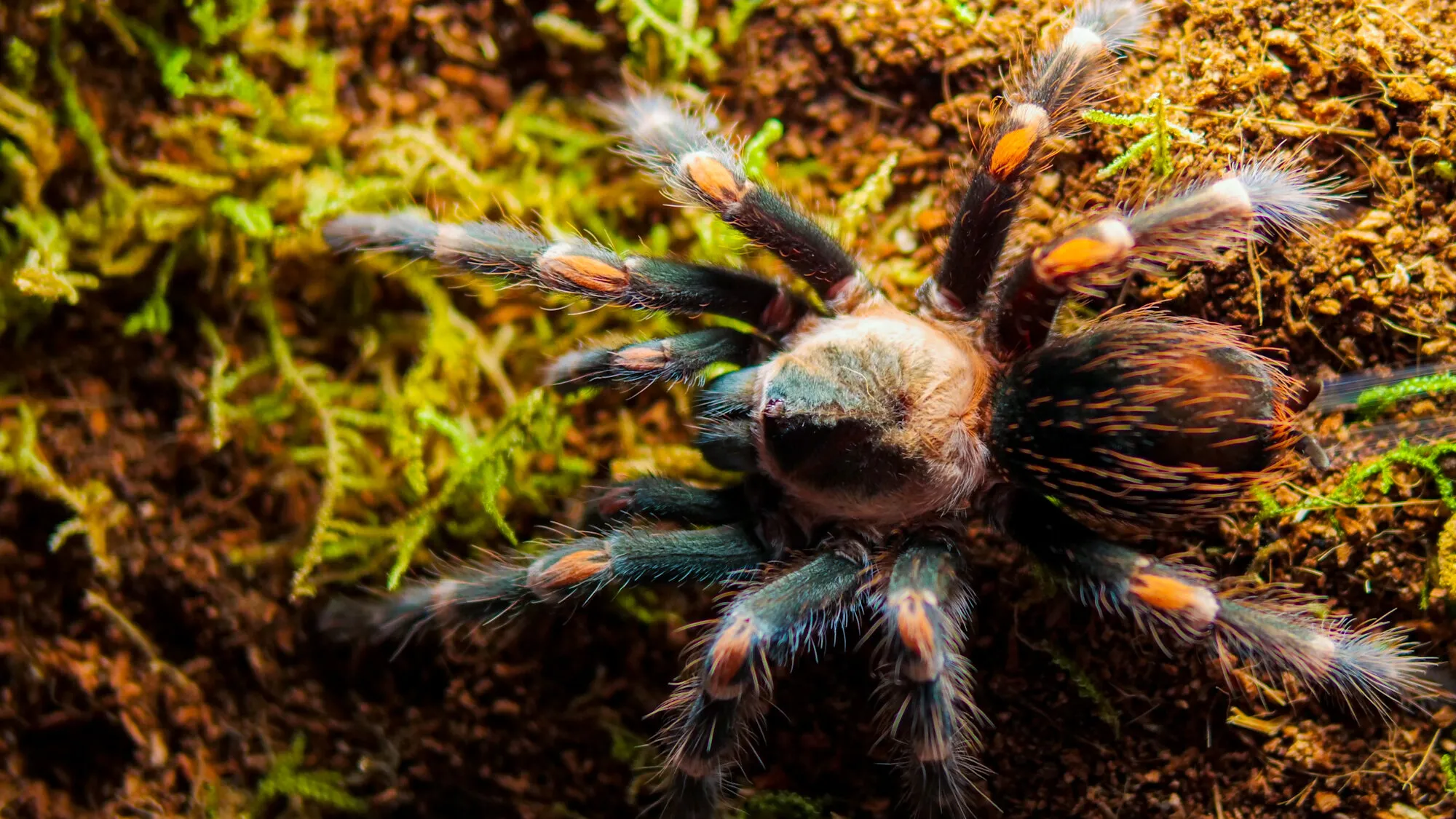Bringing a tarantula into your home can be a rewarding experience. These fascinating creatures, with their impressive size and unique behaviors, make intriguing pets. However, providing the right care is essential to ensure your tarantula thrives. This comprehensive guide will walk you through every aspect of tarantula care, from selecting the right species to creating the perfect habitat and understanding their health. By following these guidelines, you can create a thriving environment where your tarantula can live a long, healthy, and happy life, becoming a source of wonder and fascination for years to come. Let’s delve into the world of tarantula care and discover how to keep these amazing arachnids content and well-cared for.
Choosing the Right Tarantula
The first step in successful tarantula care is selecting the right species for your lifestyle and experience level. Not all tarantulas are created equal; some are better suited for beginners, while others require more specialized care. Understanding the different types of tarantulas and their unique needs will help you make an informed decision and avoid potential challenges. Consider factors like temperament, size, and the specific environmental requirements of each species before making your choice. Choosing the right species ensures you can provide the optimal care and enjoy your tarantula companion to the fullest. This is a crucial first step.
Researching Tarantula Species
Before bringing a tarantula home, research the different species available. Learn about their natural habitats, preferred diets, and typical behaviors. Popular beginner-friendly species include the Chilean rose tarantula (Grammostola rosea) and the Mexican red knee tarantula (Brachypelma hamorii). These species are known for their relatively docile temperaments and ease of care. Research the specific needs of any tarantula you’re considering. Different species have varying requirements for temperature, humidity, and enclosure setup. Knowledge is power, and in this case, it is the key to a happy tarantula.
Considering Temperament and Size
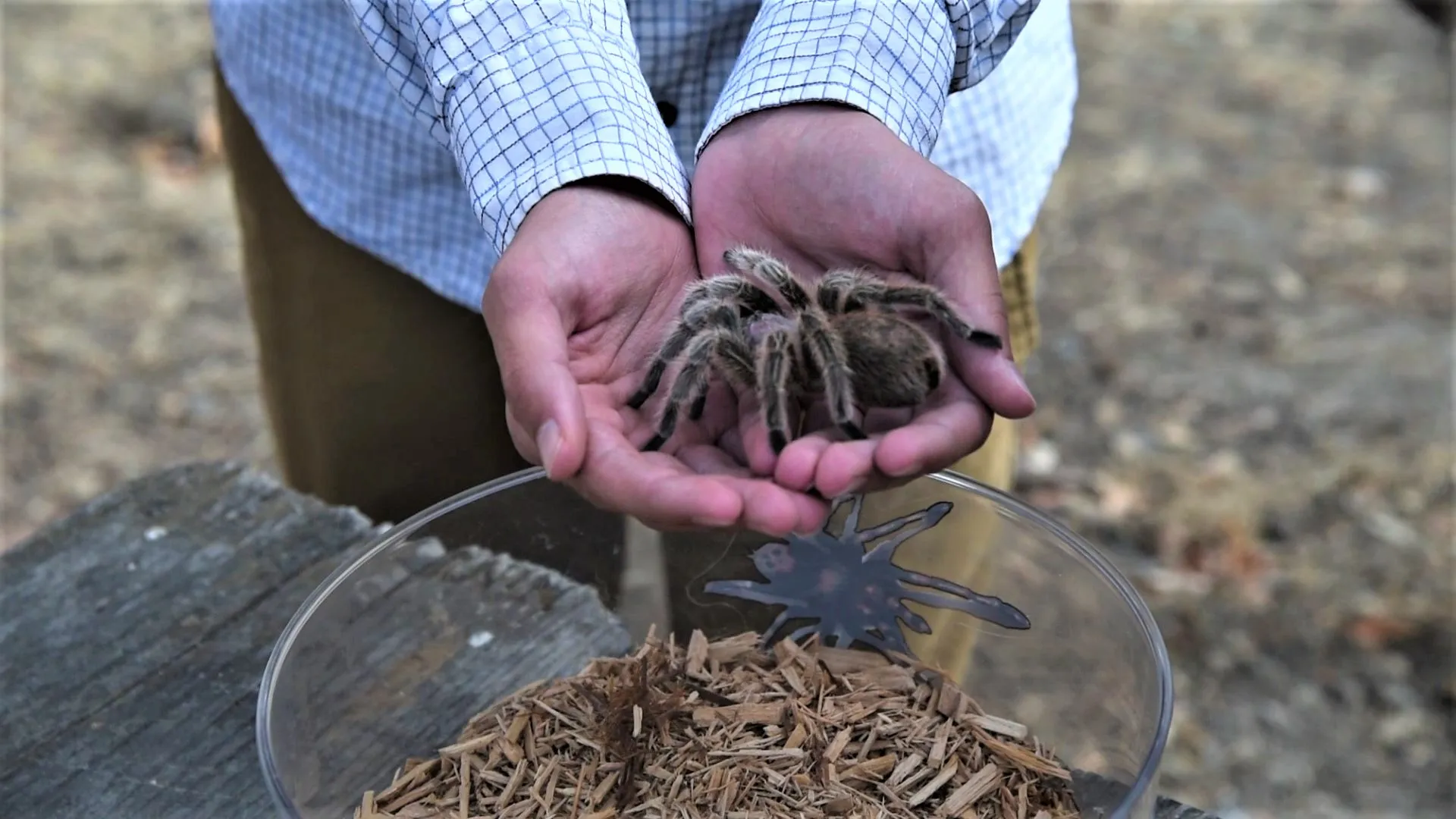
Temperament and size are essential factors when selecting a tarantula. Some species are more docile and less prone to defensive behaviors, making them better choices for beginners. Larger tarantulas, while impressive, require larger enclosures and may have more demanding care requirements. Research the adult size of the tarantula species you are considering, and ensure you have adequate space for their enclosure. Consider your comfort level with handling, as some species are more likely to bite or flick urticating hairs (tiny, irritating hairs used for defense). The temperament of the tarantula and their size are factors that directly impacts the overall care needs and your experience with them.
Setting Up the Perfect Tarantula Enclosure
Creating a suitable enclosure is critical for the health and well-being of your tarantula. The enclosure should mimic the tarantula’s natural habitat, providing a secure and comfortable environment. The size of the enclosure, the substrate used, and the decor will all influence your tarantula’s quality of life. A well-designed enclosure not only provides a safe home for your tarantula but also enhances your enjoyment of this fascinating creature. It’s important to ensure that your tarantula feels safe and secure within its enclosure.
Selecting the Right Tank
Choose an enclosure that is appropriate for the size and type of tarantula. The enclosure should be escape-proof, well-ventilated, and made of a durable material like glass or acrylic. The size of the enclosure depends on the size of the tarantula; a general rule is to provide a space that is at least three times the tarantula’s leg span wide. For terrestrial species, the enclosure should be wider than it is tall, whereas arboreal species need taller enclosures to facilitate climbing. Ensure that the enclosure has a secure lid to prevent escapes, and that there are enough air vents to allow for proper airflow. Also consider whether you will be keeping a juvenile, sub-adult, or adult tarantula and choose the size accordingly. The enclosure must be the correct size to ensure that your tarantula can live in a spacious, safe environment.
Substrate and Decor

The substrate is the material that covers the bottom of the enclosure and provides a comfortable environment for your tarantula. Suitable substrates include peat moss, coconut fiber, vermiculite, or a mix of these. The substrate should be deep enough for burrowing species to create burrows. Avoid substrates that are toxic or can trap moisture, leading to mold. Decorate the enclosure with hides, such as cork bark or artificial plants, to provide your tarantula with hiding places where they can feel secure. A water dish should also be included, and can be a shallow dish appropriate for your tarantula’s size and will provide them with easy access to water. Be sure to change the substrate regularly to maintain cleanliness and prevent the growth of harmful bacteria or fungi. Always ensure the setup is safe and non-toxic.
Maintaining Temperature and Humidity
Tarantulas are ectothermic, meaning they rely on external sources to regulate their body temperature. Maintain the appropriate temperature for your tarantula species. Use a thermometer to monitor the temperature inside the enclosure. Most tarantulas thrive in temperatures between 75-85°F (24-29°C). Humidity is also essential, especially for molting. You can maintain humidity by misting the enclosure with water, and providing a shallow water dish. The humidity levels will vary depending on the species; research the specific needs of your tarantula. Use a hygrometer to monitor humidity levels. Avoid extreme temperature fluctuations and ensure the enclosure is in a stable environment, away from direct sunlight or drafts. Proper temperature and humidity are essential for a healthy, thriving tarantula.
Feeding Your Tarantula
Feeding your tarantula correctly is fundamental to their health and longevity. Providing the right type of food, in the right quantities, is essential. Tarantulas have specific dietary needs, and understanding these requirements will ensure your pet thrives. Regular feeding contributes to their overall well-being, supports growth, and enhances their natural behaviors. An appropriate diet keeps your tarantula active and healthy. With this guide, you can successfully feed your tarantula.
What to Feed
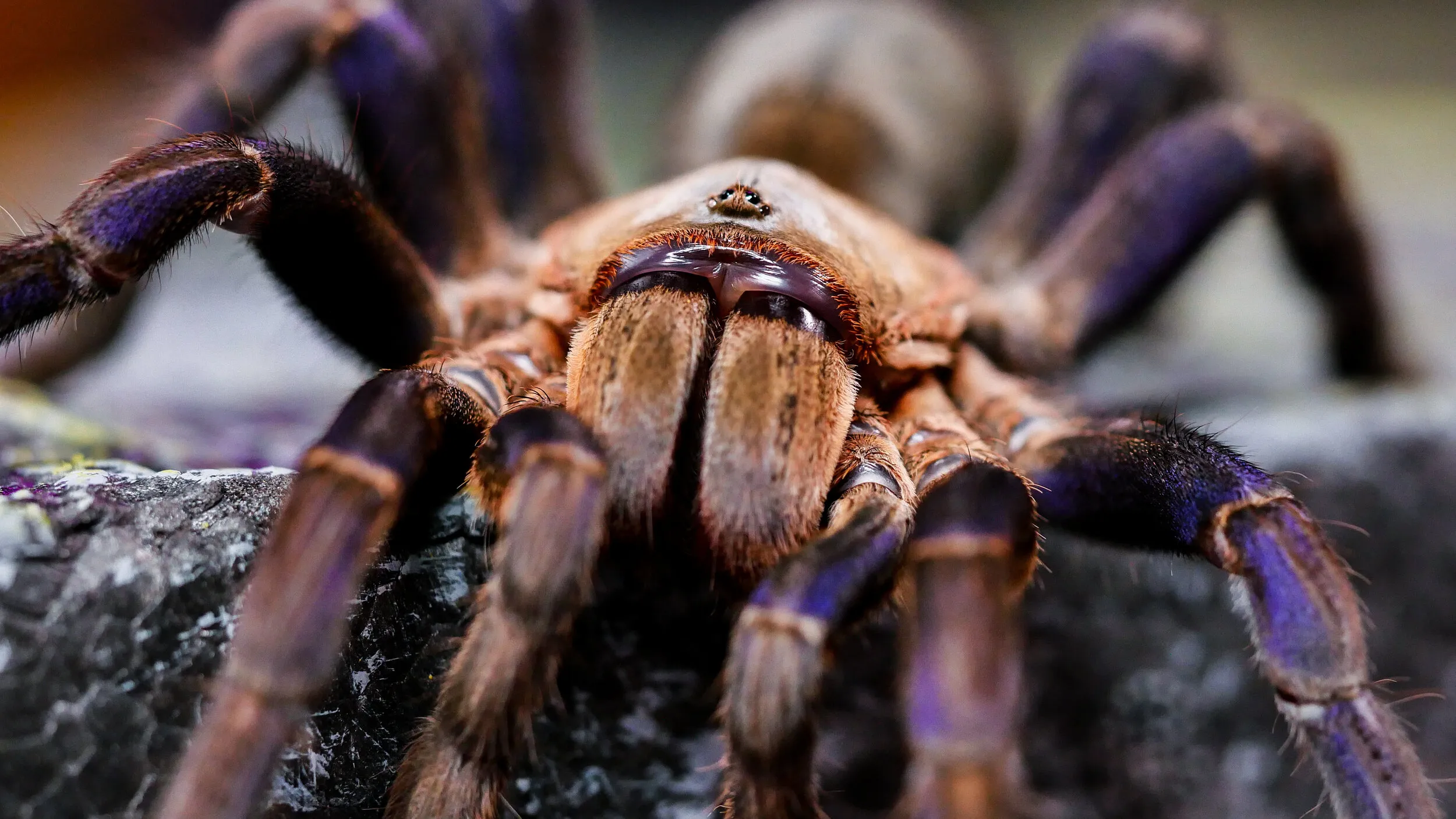
Tarantulas are primarily insectivores, meaning they eat insects. Appropriate food items include crickets, mealworms, roaches, and other feeder insects. The size of the prey should be appropriate for the size of your tarantula. As a general rule, the prey should be no larger than the tarantula’s body. Ensure that the insects you offer are healthy and free from pesticides or other contaminants. You can purchase feeder insects from a reputable pet store or online supplier. Supplement the diet with occasional treats, such as pre-killed pinky mice (for larger species), but these should be offered sparingly. Variety in their diet will increase the health of your tarantula, as well as increase their likelihood of eating it. Be sure that the insects you are feeding your tarantula is healthy and nutritious.
Feeding Frequency
The feeding frequency depends on the age and species of your tarantula. Spiderlings (young tarantulas) should be fed more frequently, typically every other day or every day. Sub-adult and adult tarantulas can be fed less frequently, usually once or twice a week. Observe your tarantula’s behavior. If they are actively hunting and eating, they are likely hungry. If they are refusing food, they may be in pre-molt or not hungry. Remove uneaten prey within 24 hours to prevent stress to the tarantula and to keep the enclosure clean. Avoid overfeeding, which can lead to health problems. The age of the tarantula directly impacts the amount of food, and frequency, they require.
Providing Fresh Water
Always provide your tarantula with a source of fresh water. Use a shallow water dish that is easily accessible. For smaller tarantulas, you can use a bottle cap or a shallow dish lined with cotton balls. Change the water regularly, at least once a week, to prevent the growth of bacteria. Ensure the water dish is clean and free of debris. Some tarantulas also drink water droplets from the sides of their enclosure, so misting the enclosure with water can also be beneficial, especially during molting. Providing fresh water is essential for the survival of your tarantula. The water dish is also a critical part of a healthy tarantula setup.
Handling Your Tarantula
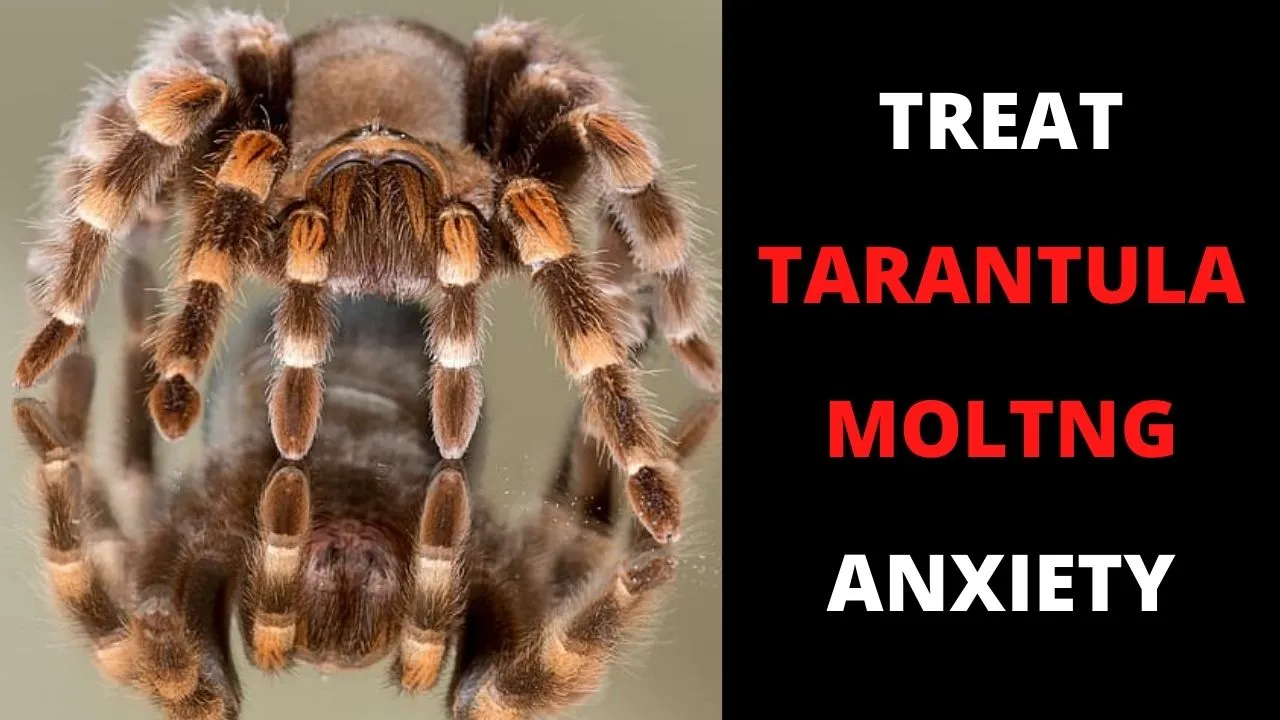
Handling a tarantula can be a rewarding experience, but it should always be approached with caution and respect. Not all tarantulas enjoy being handled, and some species are more prone to defensive behaviors. Knowing when and how to handle your tarantula safely is crucial to prevent injury to both yourself and the spider. Always prioritize your tarantula’s well-being and comfort. Always be sure to have a safety plan in place when interacting with your tarantula. Handle your tarantula with great care, to ensure that they are safe and happy.
When to Handle
Before handling your tarantula, assess its mood. Avoid handling if your tarantula appears stressed, agitated, or is in pre-molt. Never handle a tarantula immediately after feeding, as they are more vulnerable during digestion. Handle tarantulas in a safe environment, such as a low surface close to the ground, in case of a fall. Start by gently coaxing the tarantula onto your hand or a soft surface. Some tarantulas are more amenable to handling than others. Many tarantulas will not want to be handled, so consider this before forcing them to be handled. It’s always best to prioritize the spider’s welfare. If your tarantula displays any defensive behaviors, such as raising its front legs or flicking hairs, it is best to leave it alone.
Proper Handling Techniques
When handling your tarantula, always support its body. Use your hands to gently guide it. Avoid sudden movements, which can startle the tarantula. Handle tarantulas close to the ground to minimize the risk of injury if it falls. Wash your hands thoroughly before and after handling your tarantula. Avoid using scented soaps or lotions, which can irritate the spider. Always supervise children when they are interacting with a tarantula, and teach them the importance of respecting the animal. It is very important to remain calm, as the spider can sense if you are scared or nervous. Being calm and gentle will make for a more enjoyable interaction with your tarantula.
Avoiding Bites

Bites from tarantulas are rare, but they can occur. Most tarantula bites are not medically significant, but they can be painful. Avoid bites by respecting the tarantula’s space and avoiding any actions that might make it feel threatened. If a tarantula bites you, stay calm. Wash the area with soap and water. Monitor the bite for any signs of infection, such as swelling, redness, or pus. Some tarantulas have hairs that can cause irritation, and avoiding this irritation is key to a positive handling experience. If you are bitten, you can use ice to reduce the discomfort and/or pain.
Tarantula Health and Common Issues
Understanding tarantula health and recognizing common issues is essential for providing appropriate care. Like all living creatures, tarantulas can experience health problems, but with proper care and observation, you can identify and address these issues early. Knowing what to look for and how to respond can significantly impact your tarantula’s quality of life. If you have any doubts about the health of your tarantula, consult with a veterinarian experienced with exotic animals. Preventative care is key to a happy and thriving tarantula.
Recognizing Molting
Molting is a natural process in which tarantulas shed their exoskeleton. During molting, the tarantula is vulnerable, so it is important not to disturb them. Signs of molting include a loss of appetite, lethargy, and a change in the color of the abdomen. The tarantula may also create a webbing mat or lay on its back. Provide a humid environment during molting. Do not feed the tarantula until it has completely molted and its new exoskeleton has hardened. Do not remove the old exoskeleton, as the tarantula may eat it for nutrients. Molting is a natural and necessary process, so allow the tarantula to molt in its own time.
Identifying and Treating Diseases
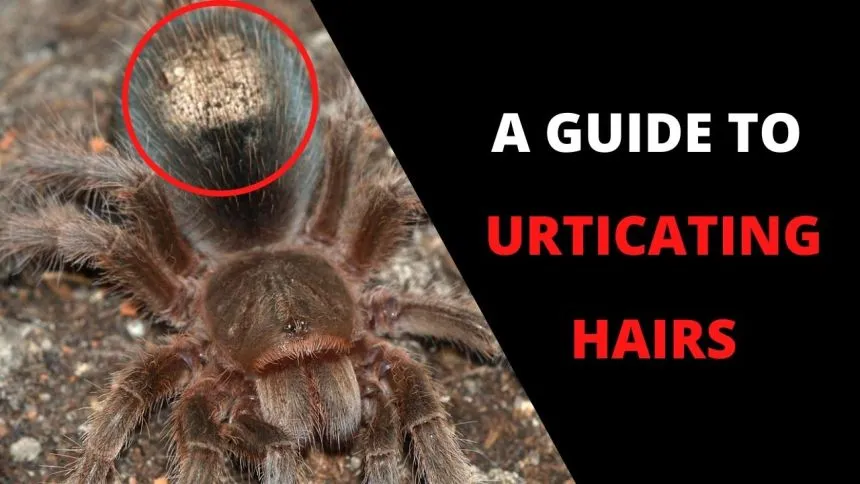
Tarantulas can be susceptible to various diseases and parasites. Common problems include fungal infections, mites, and bacterial infections. Signs of illness include lethargy, loss of appetite, discoloration, and unusual behaviors. If you suspect your tarantula is ill, consult with a veterinarian who specializes in exotic animals. The vet will be able to diagnose the problem and recommend appropriate treatment. Maintaining a clean and hygienic enclosure is essential for preventing disease. Regular cleaning and proper waste removal can help reduce the risk of your tarantula contracting an illness. The vet will also provide important information, to make sure your tarantula is happy and healthy.
Signs of a Healthy Tarantula
A healthy tarantula exhibits several key characteristics. They should be active and alert, showing normal behaviors for their species. They should have a good appetite and readily consume food. Their abdomen should be plump and full, not shriveled or thin. Their exoskeleton should be intact, without any damage or discoloration. A healthy tarantula will also have a glossy appearance. If you observe any changes in your tarantula’s behavior or appearance, it is important to investigate the issue promptly. Early detection and intervention can prevent health issues from escalating. Recognizing the signs of a healthy tarantula will give you the confidence you need to raise your tarantula.
Enjoying Your Tarantula Companion
Owning a tarantula can be a fascinating and rewarding experience. These creatures are relatively low-maintenance pets, but their unique behaviors and characteristics make them captivating to observe. By following the care guidelines outlined in this guide, you can provide your tarantula with a comfortable and stimulating environment. Take the time to observe your tarantula, learn about its specific needs, and enjoy the unique beauty of these amazing arachnids. With proper care, your tarantula can become a source of endless fascination and a rewarding pet. Enjoy the experience of keeping a tarantula!
